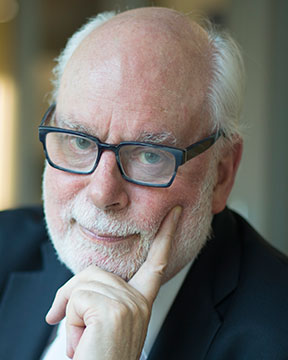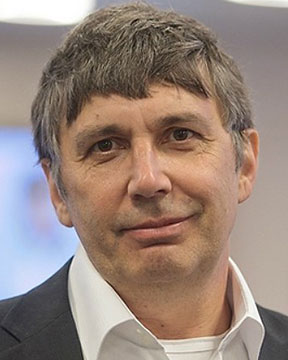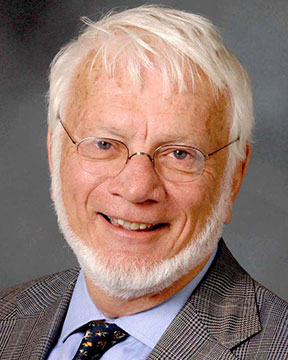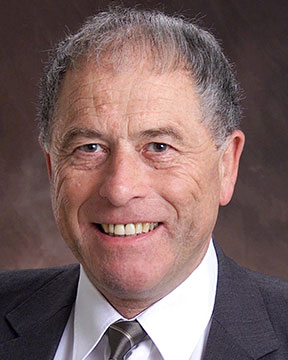



















 |
Anil A. BhalekarR. T. M. Nagpur University,Some Of The Physical Contents Of Thermodynamic Inequalities Leading To Nonequilibrium Thermodynamics And The Fifth Law Of Thermodynamics 5th Intl. Symp. on Sustainable Energy Production: Fossil; Renewables; Nuclear; Waste handling , processing, and storage for all energy production technologies; Energy conservation Back to Plenary Lectures » |
Abstract:The origin of thermodynamic inequalities was traced systematically, which helped us in understanding the physical contents of them. The thermodynamic functions that appeared— the entropy, S, the Gibbs function, G, the Helmholtz function, A, the enthalpy, H, etc.— belong equally to the end equilibrium states and end nonequilibrium states. The former category of inequalities does not lead us to nonequilibrium thermodynamics, but provides classification of accessible/inaccessible equilibrium states from initial equilibrium state, that produces thermodynamic criteria of equilibrium in terms of these functions. Whereas, the latter category of inequalities leads us to develop nonequilibrium thermodynamic description. This we could demonstrate by adopting the steps of generation of entropy function for nonequilibrium states directly from the cyclic form of the celebrated Clausius' inequality, described by Eu and Garcia-Colin (1996). Once S function for nonequilibrium states become available, that too, based on the second law of thermodynamics, was straightforward to define all other thermodynamic functions for nonequilibrium states. Next, for spatially uniform systems, the only irreversibility that is permitted to exist is due to non-vanishing rates of chemical reactions. The method adopted in quantification of this irreversibility is the De Donderian method that was adopted earlier by Prigogine and Defay (1954). That surfaces out the internal composition variation parameter as an independent thermodynamic variable, Whereas for spatially non-uniform systems all the thermodynamic functions at the local level for existing nonequilibrium conditions follows from standard fluiddynamical integration, and they are the per unit mass quantities represented as s, u, h, a, and G. Herein, the suitable composition variables are the mass fractions x_{k,C}, the mass fraction of the component k in internal translational energy state determined by its peculiar or chaotic velocity C. The fifth law of thermodynamics follows therefrom, which asserts that for spatially non-uniform systems the functional dependence of entropy is s = s (u, v, x_{k,C}), which is the expression of local thermodynamic equilibrium (LTE), that permits the development of thermodynamic description of corresponding irreversible processes. The fourth law of thermodynamics has been recently formulated (2017) by us, that asserts that all processes which are describable by dS/dt = d_{e}S/dt + d_{i}S/dt, with the rate of entropy production d_{i}S/dt > 0 a positive definite quantity, are stable in Gibbs-Duhemian sense. Another demonstration is that the thermodynamics of chemical reactions is indeed the thermodynamics of irreversible phenomena, which has been asserted earlier by Prigogine and Defay (1954). |
|